No. 303 Squadron has been the most famous unit in the history of the Polish Air Force. It was formed in the summer of 1940, but continued the traditions of the ‘Kościuszko’ Squadron of the Polish-Russian war of 1919-1921, when a group of American flyers volunteered to fly with Poland’s air service. The Polish unit to which they were posted took on the name of Tadeusz Kościuszko, who had attained the rank of a general in the American War of Independence in the late 18th century. The badge of the unit reflected this American connection, by using the red-and-white stripes and thirteen stars of the first United States. These were combined with the Cracow region peasant hat and crossed scythes prepared for combat, symbols of the Polish rising against Russia at the end of the 18th century, also led by Kościuszko.
When No. 303 Squadron was formed at Northolt near London in 1940, it inherited the traditions of that unit. The squadron achieved notable success in the Battle of Britain. It was subsequently praised by ACM Hugh Dowding, who commanded Fighter Command in that campaign, as the Command’s top-scoring unit in the Battle.
During subsequent years of the war the squadron served tours of combat duties with the 1st Polish Wing at Northolt or other bases in Southern England, followed by periods of so-called rest at airfields away from the Channel.
Mustangs in No. 303 Squadron
At the end of March 1945 No. 303 Squadron moved to RAF Andrews Field to trade its worn-out Spitfire IXs for latest North American Mustang IVs. At the time the squadron was commanded by S/Ldr Bolesław Drobiński, with F/Lt Mirosław Szelestowski as the ‘A’ Flight commander and F/Lt Stanisław Socha holding similar position in the ‘B’ Flight. The Andrews Field Wing included at the time Nos. 303 and 316 Squadrons of the Polish Air Force plus No. 122 Sqn RAF (both Nos. 122 and 316 flew Mustang IIIs). The wing was led by W/Cdr Clifford Percival Rudland. Nos. 303 and 316 were known collectively as the 3rd Polish Wing.
The first four Mustang IVs were delivered to No. 303 Sqn on 4 April. Taxiing practice commenced the next day, but it took until 8 April before the Polish pilots flew their first practice sorties. Formation flying commenced on the 12th. The first squadron-strength formation was flown on the morning of 20 April.
On 23 April 1945 No. 303 Squadron flew its first operation on the Mustangs joining the escort for 150 Lancasters sent to bomb Flensburg as part of ‘Ramrod’ 1552.
The Polish Air Force Film Unit crew visited RAF Andrews Field in the first days of April 1945 and recorded the first Mustang IVs in No. 303 Sqn markings. At that time they already had the RF codes painted on, but the ‘Kościuszko’ badge or the Polish AF insignia were yet to be applied. In line with other P-51Ds delivered to the RAF, KH663 was finished in standard Day Fighter disruptive camouflage: areas of Dark Green and Ocean Grey on upper surfaces, Medium Sea Grey underneath. The propeller spinner and the band around the rear fuselage in Sky were RAF Fighter Command quick recognition markings used on all camouflaged fighter aircraft based in Britain.
P-51Ds were fitted with Hamilton Standard propellers. The shape of the blades and the cuffs at their base easily distinguish the prop from the Aeroproducts one fitted in the natural metal finish P-51Ks. A Mustang III with No. 316 Sqn’s distinctive red-and-white striped nose can be seen in the foreground, showing a similar Hamilton Standard propeller. Nos. 303 and 316 Squadrons (which together formed the 3rd Polish Fighter Wing) shared RAF Andrews Field at the time.
Note the night-flying exhaust glare shield (RAF Mod No 616) attached to the side of the fuselage forward of the cockpit of KH663 RF-M.
The squadron’s second Mustang operational mission was its final one in WWII. ‘Ramrod’ 1554 took place on 25 April 1945. That day several hundred Lancasters (including fourteen of the Polish No. 300 Squadron) bombed Obersalzberg near Berchtesgaden, Hitler’s Alpine resort. They were escorted by Mustangs from No. 11 Group Fighter Command RAF and the VIII Fighter Command USAAF. The former included five Polish squadrons: Nos. 306, 309 and 315 (all on Mustang IIIs) from the 2nd Polish Wing based at Coltishall, led by W/Cdr Kazimierz Rutkowski, and Nos. 303 and 316 from Andrews Field, again flying together with No. 122 Sqn RAF, led by W/Cdr Rudland. On the way back, the Mustangs landed about 12:00 at Helmond in the Netherlands to refuel, and they eventually returned to Andrews Field about 17.00. As satisfactory as it was for all the pilots, the operation was largely uneventful, although there were mishaps both during take-off and landing. W/O Władysław Skrzydło suffered an accident when taking off, while F/O Tadeusz Sikorski’s Mustang was damaged during landing at Helmond. Both aircraft had to be sent away for repairs and did not return to No. 303 Squadron. It is interesting to note that these two pilots would subsequently become the regular operators of KH663 RF-M.
Within days of delivery, still in early April 1945, the anti-glare shield had already been removed from KH663 RF-M, but the Polish AF marking on the nose or the squadron badge near the cockpit were yet to be applied.
„Zgłaszam jeden ME 262 zestrzelony” – historia Jerzego Mencla i jego Mustanga III
Altogether, No. 303 Squadron damaged four Mustangs during the first month since the start of conversion onto the type. As formidable fighter as it was, the Mustang was a much less forgiving aircraft than any of the Spitfire variants the unit had used before.
8 May 1945 marked the end of the war in Europe. It was a day of joy for all, but for the Poles there was much less joy than for the British. Even though Poland was free of German occupation, it was now controlled by Stalin, who had appointed a puppet regime in Warsaw, while his army and secret police persecuted the Poles loyal to the exiled Polish Government in London.
On 16 May No. 303 Squadron moved back to Coltishall. On 25 May F/Lt Stanisław Zdanowski became the new ‘B’ Flight Commander.
Air-to-air shot of Mustang IV KH663 PD-L flying in formation with KH868 PD-E and KH747 PD-F in late 1945 or early 1946, possibly during one of squadron moves at the time. PD-L is still in the Day Fighter camouflage but the replacement cockpit hood has an unpainted frame. The Polish national marking can be seen on the nose below the forwardmost exhaust section, and the squadron badge below the cockpit hood shows as a pale disc.
On 6 July the British and US Governments officially withdrew recognition of the Polish Government in Exile and recognised the puppet administration set up by Stalin in Poland. From then on, Polish squadrons and other elements of the Polish Armed Forces came under British control. Technically No. 303 Squadron (and all other units of the exiled Polish Air Force) became part of the RAF.
It should be noted here that during operations in 1940–45 the exiled Polish Air Force was, legally speaking, an independent force of the Republic of Poland based temporarily in exile, and not part of the Royal Air Force (as it is often erroneously seen).
By RAF orders, No. 303 Squadron code changed from RF to PD on 2 August. A week later the squadron moved back from Coltishall to Andrews Field.
Squadron formation was practiced during 12–14 September, and on the 15th twelve Mustangs led by S/Ldr Drobiński took part in the Battle of Britain anniversary flypast over London.
F/Lt Janusz Franckiewicz was KH663’s first pilot in No. 303 Squadron on 9 April 1945. Here, he is shown by the side of a natural metal Mustang IV/P-51K of No. 303 Squadron. Note the ‘Kościuszko’ badge to his left, applied in its standard position. Although no known photograph shows the badge on KH663 on this side of the fuselage, it can be safely assumed that it had been applied there by the time the Mustang flew its sole operational sortie.
Reconstruction of the colours of the simplified stencilled version of the ‘Kościuszko’ badge as applied on the Mustangs of No. 303 Sqn.
On 17 September, both squadrons of the 3rd Polish Wing (Nos. 303 and 316) moved from Andrews Field to No. 1 Armament Practice Station at Fairwood Common for training in air-to-air and air-to-ground gunnery, and dive bombing. On 5 October the units returned to Andrews Field.
At the end of November 1945 No. 303 Squadron moved to RAF Turnhouse in Scotland and on 5 January 1946 they moved further north, to RAF Wick.
S/Ldr Witold Łokuciewski, No. 303 Sqn’s Battle of Britain veteran, took over command of the squadron at the beginning of February 1946. At the same time F/Lt Kazimierz Budzik took over the ‘A’ Flight.
On 4 March 303 Squadron went for gunnery training to No. 3 Armament Practice Station at RAF Charter Hall.
Upon completion of the training there, the squadron moved to RAF Hethel at the end of March 1946.
On 5 June F/Lt Bronisław Mach was appointed to command the ‘B’ Flight.
A final farewell ceremony for the squadron was organised on 27 November 1946. Two days later, No. 303 Squadron Mustangs were ferried to Lyneham for final disposal. The squadron disbanded on 9 December 1946.
F/Lt Janusz Franckiewicz flew KH663’s only operational sortie during ‘Ramrod’ 1554 on 25 April 1945, when hundreds of Lancasters bombed Hitler’s Alpine resort at Obersalzberg near Berchtesgaden. Like all operational missions, it was entered in red in his flying log book. Note that he entered all Mustang IVs as P-51Ds, even though in fact most (with the exception of KH663 and KH669) were P-51Ks.
Mustang KH663 RF-M / PD-M / PD-L
It was built at the North American plant at Dallas, Texas, as a P-51D, USAAF serial no. 44-11255.
KH663 was delivered to Britain in October 1944. It then spent nearly half a year at maintenance unit depots before delivery to No. 303 Squadron at Andrews Field in early April 1945.
It is unclear what was the factory finish. Upon delivery to the RAF it was repainted with British paints into the Day Fighter Scheme of Dark Green and Ocean Grey on top, with Medium Sea Grey bottom surfaces.
KH633 failed to participate in ‘Ramrod’ 1552, but it flew during the Berchtesgaden raid on 25 April, piloted by F/Lt Janusz Franckiewicz.
W/O Władysław Skrzydło (left) and F/O Tadeusz Sikorski were the usual pilots of KH663 between May and September 1945, each logging a dozen sorties in the Mustang.
Skrzydło’s twelfth flight, on 15 September, proved ill-fated and the damaged aeroplane had to undergo prolonged repairs.
W/O Leszek Bisanz was the regular pilot of KH663 PD-L in 1946.
As mentioned above, the squadron code changed from RF to PD in early August 1945, so KH663 became PD-M. It was damaged on 15 September 1945 upon return from the Battle of Britain anniversary flypast over London. Whilst taxiing after landing, W/O Skrzydło in this Mustang collided with F/Lt Zdanowski’s KH836 PD-R, seriously damaging both aircraft.
KH663 returned to service with No. 303 two months later, becoming PD-L (the code letter M had meanwhile been applied on another machine). From then until the disbandment of the unit in late 1946 the aircraft was usually flown by W/O Leszek Bisanz who logged about 40 sorties in it.
As far as can be ascertained only two more camouflaged Mustang IVs (P-51Ds) may have been used by Polish units:
– KH669 (ex 44-11261) was delivered to No. 303 Sqn in the first days of May as replacement for KH866 (damaged on 25 April), inheriting its code RF-P;
– KH642 (ex 44-11169, the second P-51D delivered to Britain) was the personal mount of W/Cdr Kazimierz Rutkowski, the leader of the 3rd Polish Wing, between July and November 1946, with the code KR (unfortunately, no photographs of the Mustang have surfaced so far).
You may be interested in:
Aircraft engineer by education, translator by trade. Author/co-author of over 50 books on the history of (mostly Polish) aviation, published in various countries and languages, including a biography of Tadeusz Sawicz, a number of biographical dictionaries, the fundamental Historia lotnictwa w Polsce (History of Aviation in Poland), and the first complete history of 303 Squadron.
This post is also available in:
 polski
polski


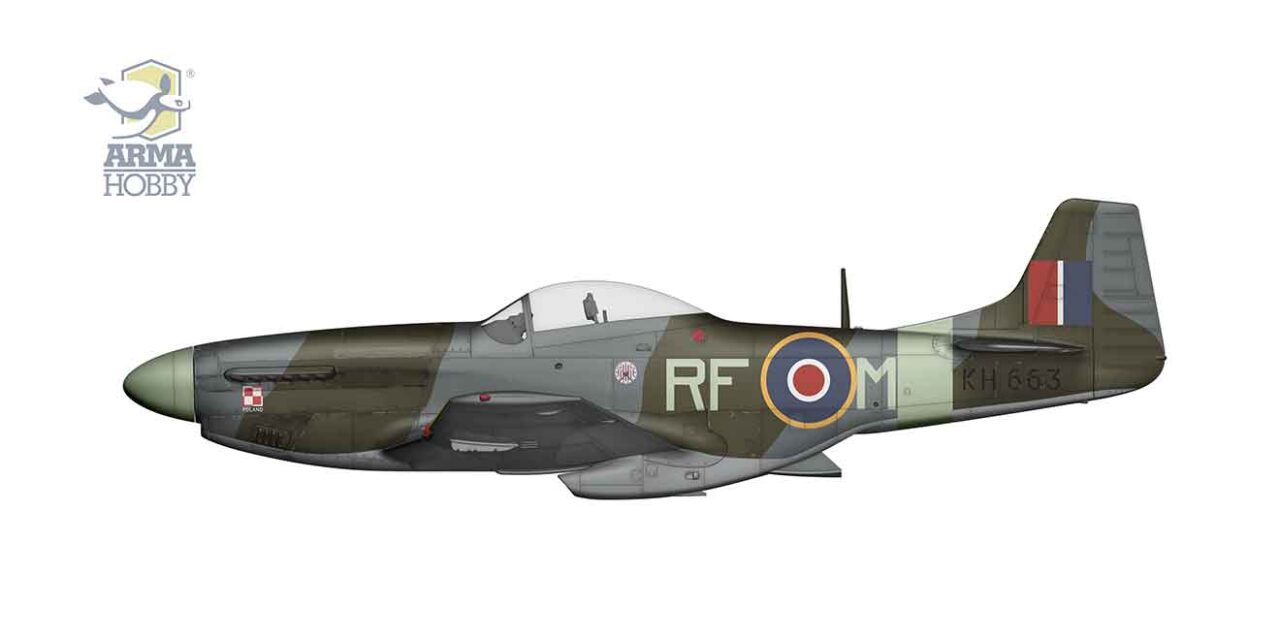
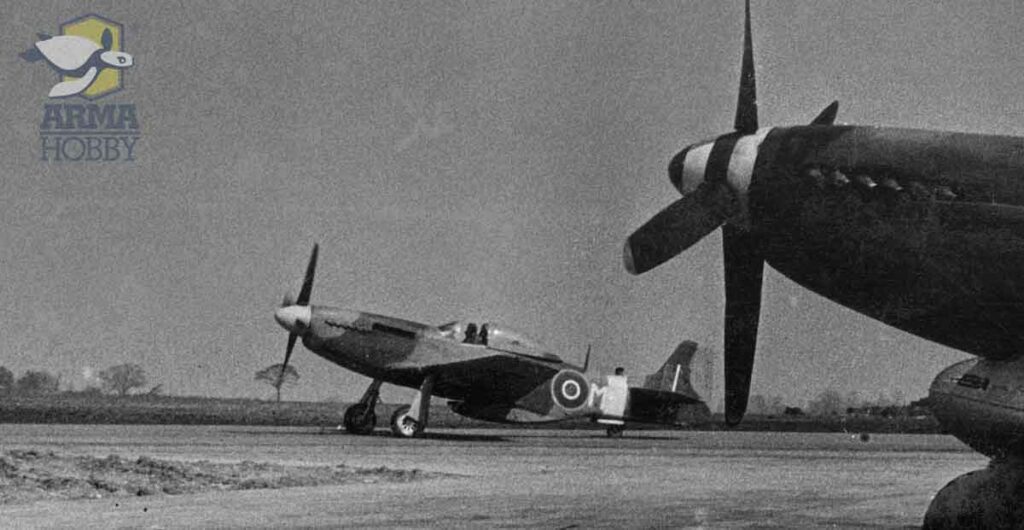
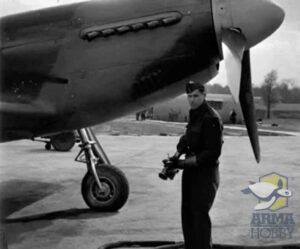
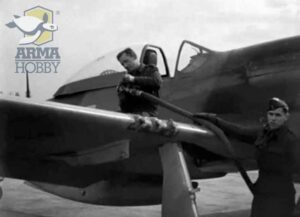
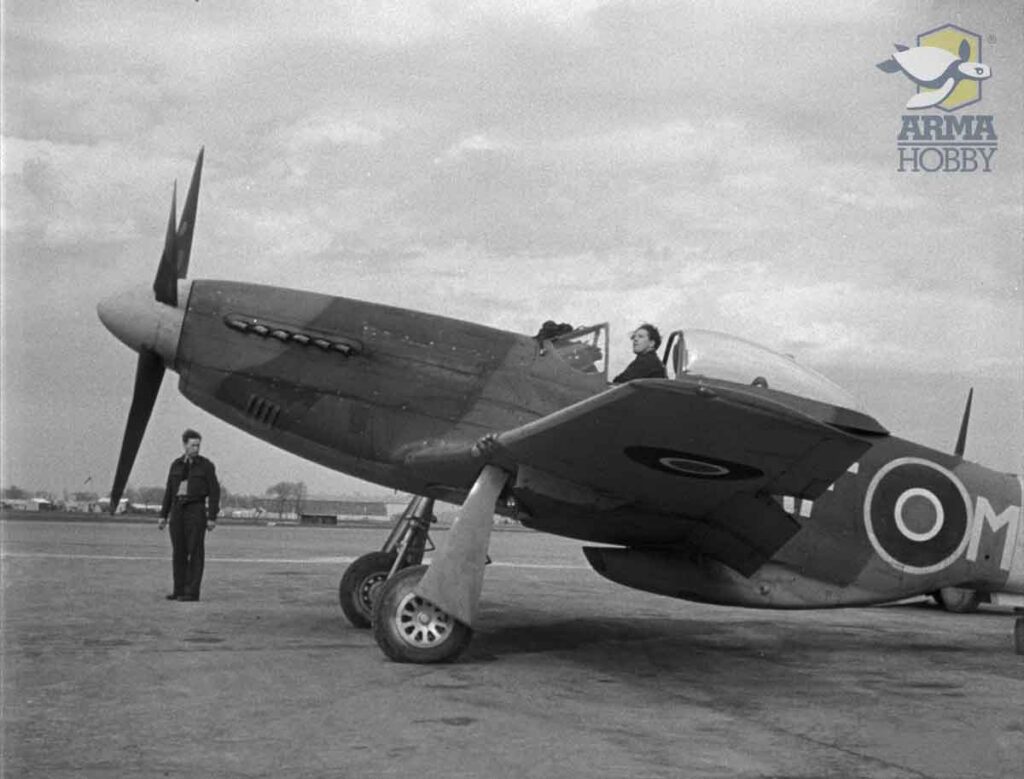
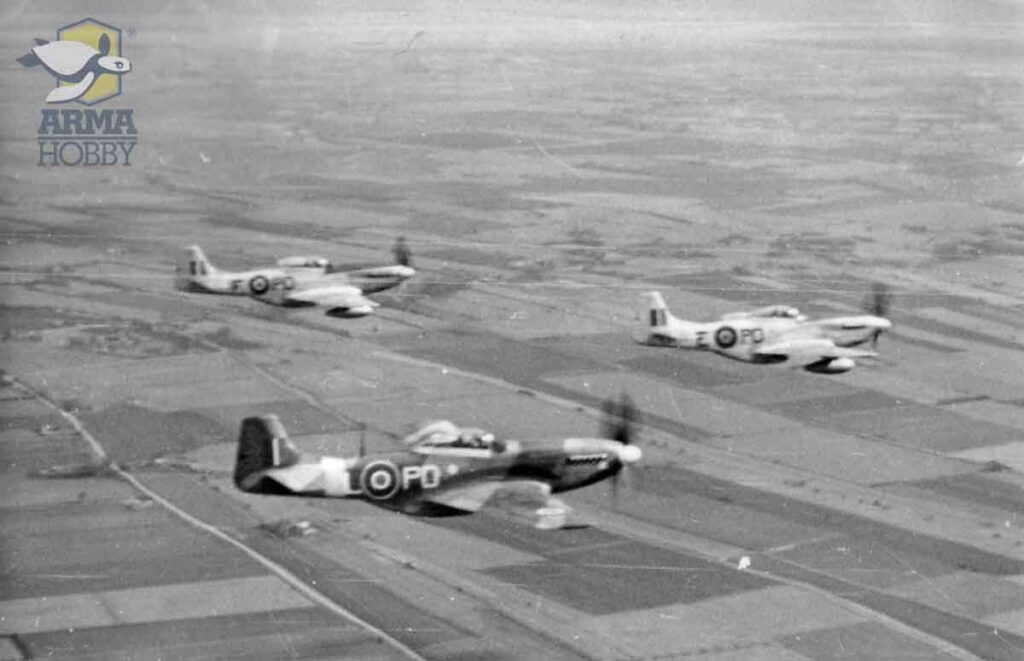
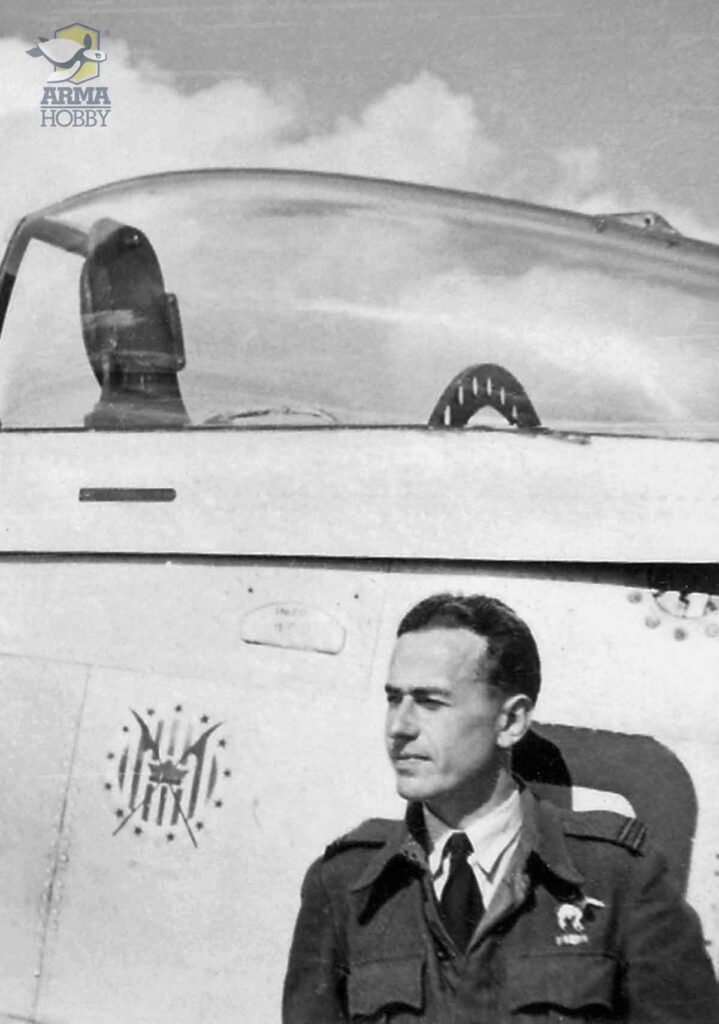
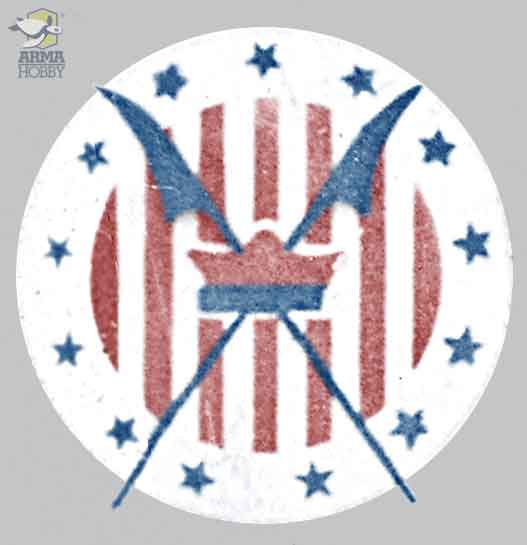
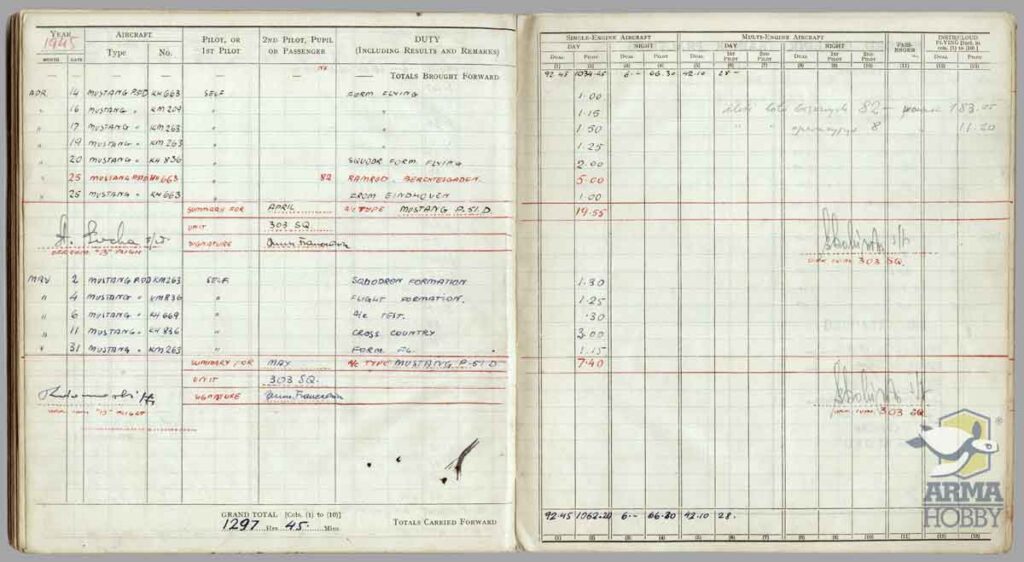
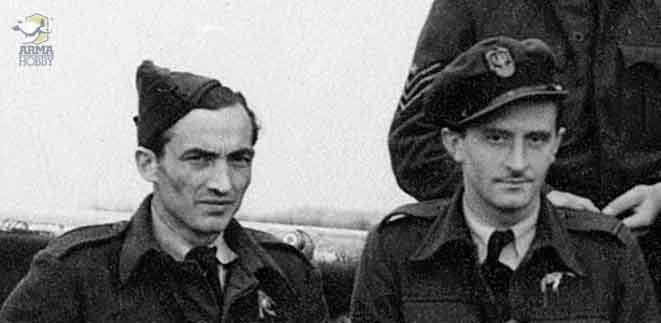
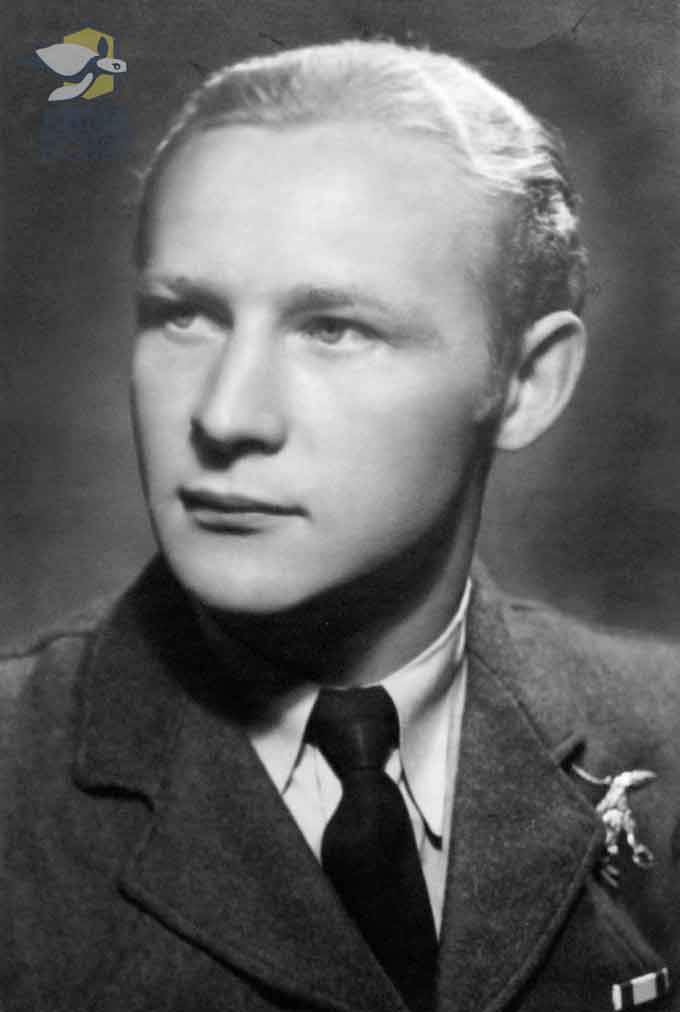
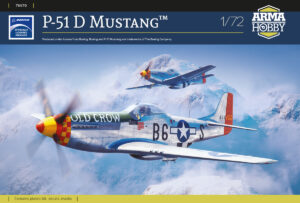
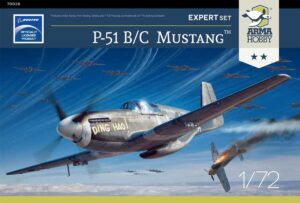
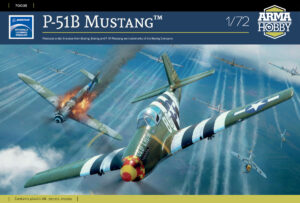
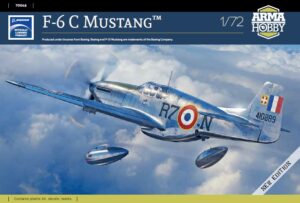
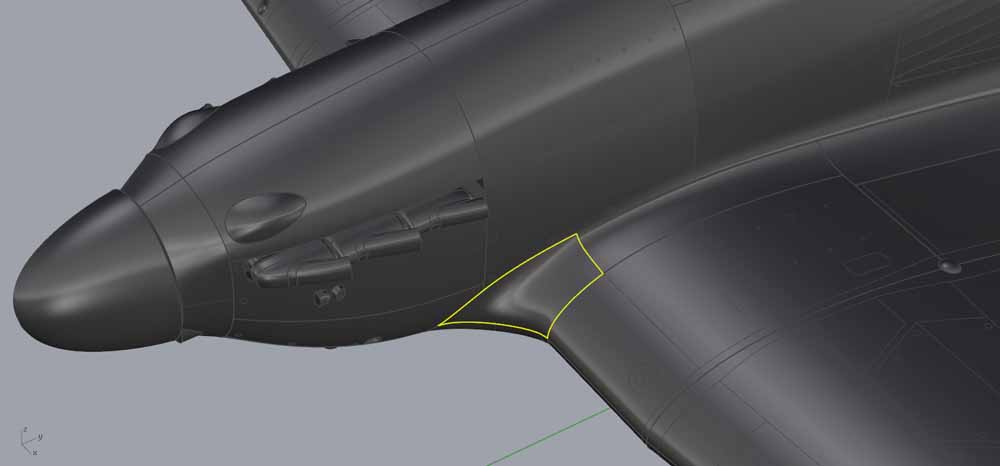
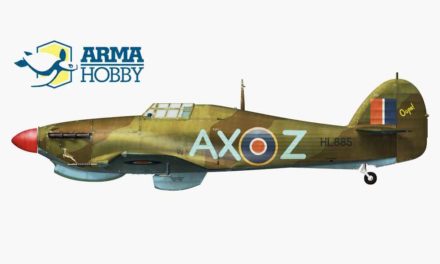
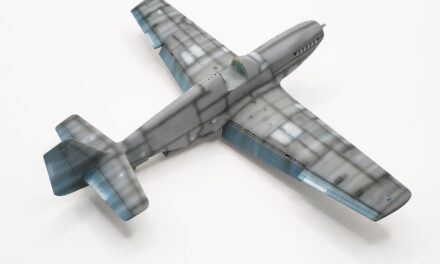
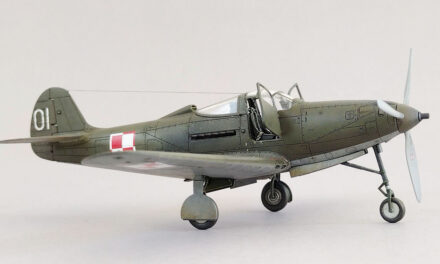
I pre-ordered the P 400. Also will order the Mustangs, and can not wait for the Hurricanes. Dave